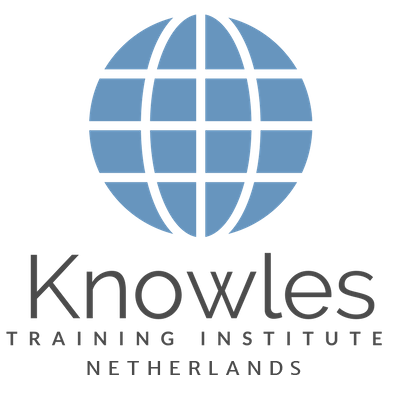Association with Personal Experiences
Gaining Insights: Learning from Personal Experiences in Memorisation
- Use Sensory Cues: Incorporate sensory cues from personal experiences to enrich the learning process. Engage your senses of sight, sound, touch, taste, or smell to create stronger memory associations.
- Connection to Past Events: Establish meaningful connections between new information and specific events or experiences from your own life. Personal relevance aids in memory consolidation and retrieval.
- Emotional Significance: Attach emotions or personal significance to the information. Emotionally charged memories are often better retained and more easily recalled.
- Utilization of Familiar Examples: Relate the new information to familiar examples or situations. This connection enhances comprehension and improves memory retention.
- Real-Life Application: Visualize how the information can be applied in real-life scenarios you have encountered. Practical associations deepen understanding and facilitate memory recall.
- Use Visual Imagery: Create vivid mental images that incorporate visual elements related to personal experiences. Utilizing visual imagery strengthens memory encoding and retrieval.
- Crafting Personal Narratives: Integrate the information into personal stories or narratives. Associating it with your own experiences increases memorability and recall.
- Reflective Relatability: Reflect on the information and relate it to your own beliefs or experiences. Making personal connections deepens understanding and reinforces memory.
- Collaborative Learning: Engage in discussions with others and share personal experiences related to the topic. Hearing different perspectives and stories can enhance memory consolidation and retrieval.
- Contextual Application: Apply the information to real-world contexts that align with your personal experiences, making it more memorable and relevant.


